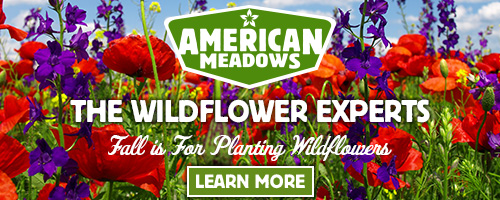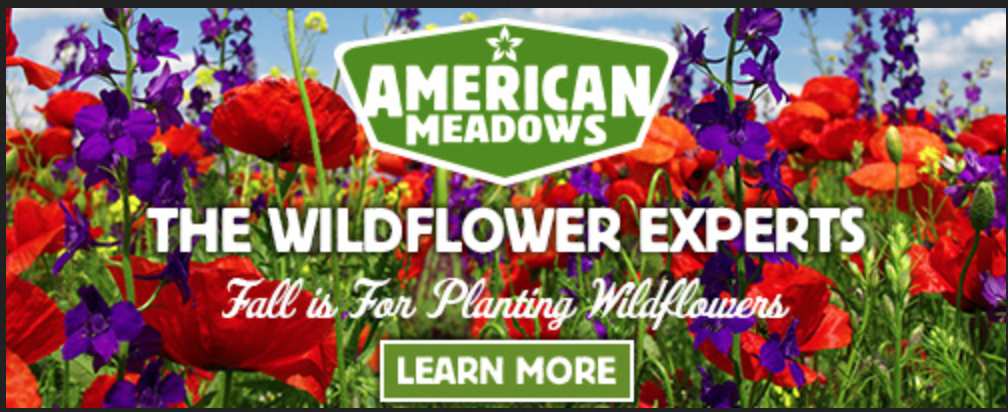Berries for the Birds, Russian Sage, Sunflower Fun, and Harvesting Winter Squash
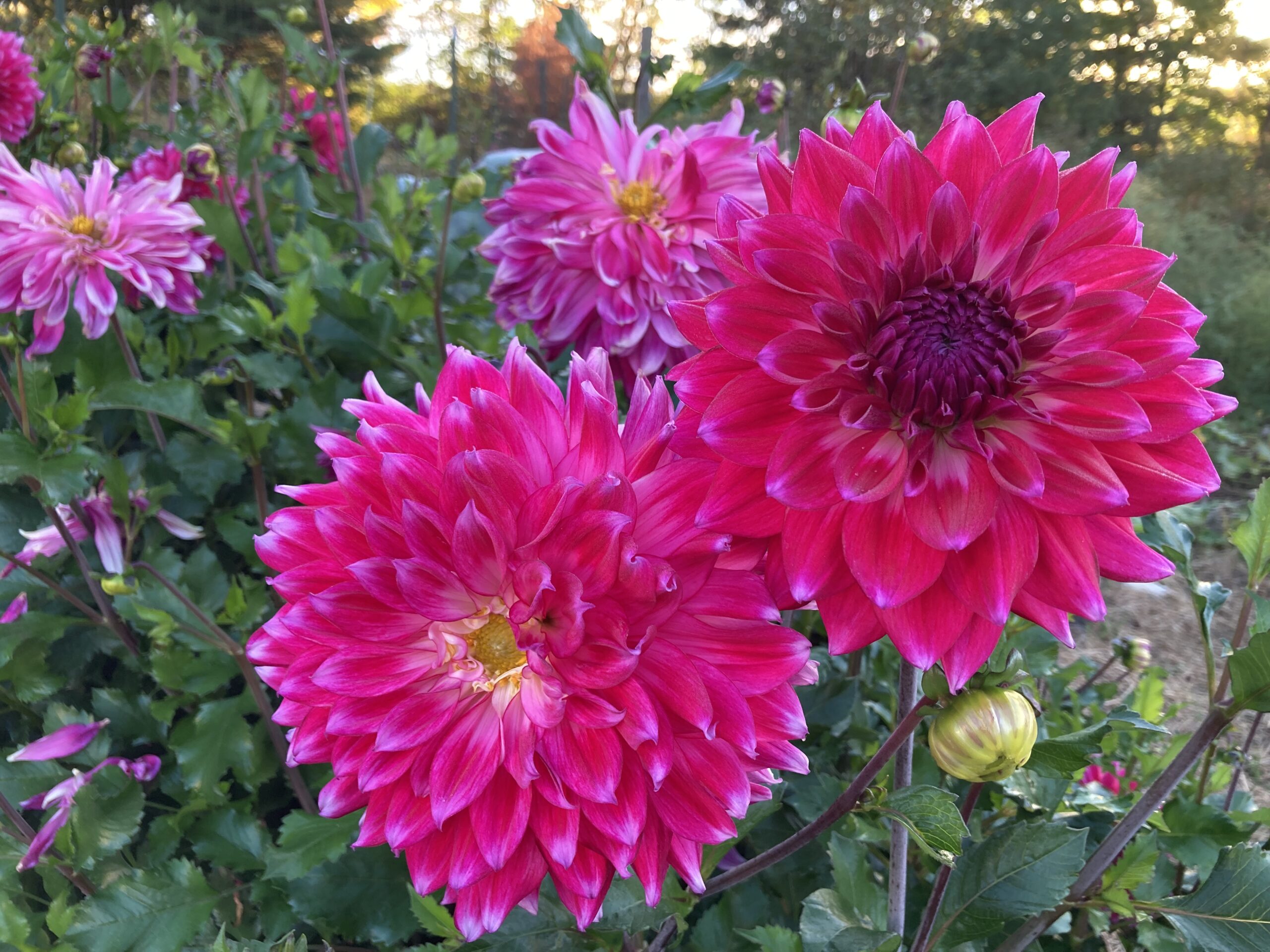
The calendar has turned to September in our zone 5 garden, but not much else has changed. The days are sunny, we’re finally getting some much needed rain, the temperatures are still warm during the day, yet cool at night, the flowers and veggies are still producing and the insects have moved on. Yes, it is one of my favorite times of the year.
One of our fun activities this time of year is watching the birds. We have lots of bird friendly food plants, such as echinacea, rudbeckia and salvia, in our gardens and the seeds are ready to eat. But we also have many native berry producing shrubs. That’s what I want to chat about in this newsletter. Learn more about the best berry producing shrubs for the birds here.
While many perennial flowers are finished blooming for the season, fall brings in a whole host of new bloomers. One of the best for a sunny, dry area is Russian sage. I talk about growing Russian sage and some unique varieties in this newsletter.
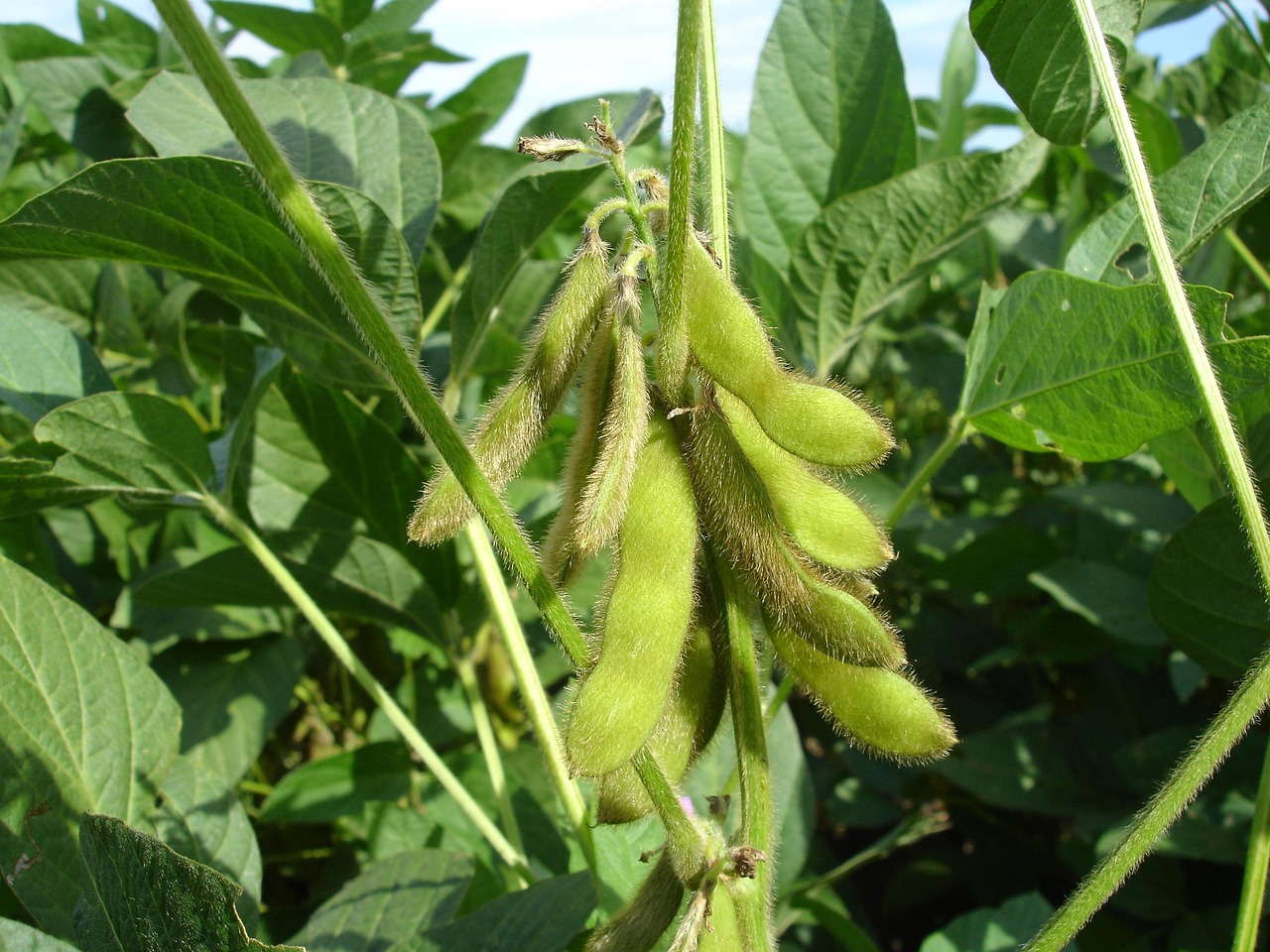
Speaking of plants for the birds, our self sown sunflowers have gone crazy this year. I don’t think it’s just in our garden because I see lots of these sunny annuals blooming all around our area. In this newsletter, I talk about sunflowers, letting them self sow, leaving some heads for the birds and harvesting seeds for you, too.
After a summer of neglect, I’m bringing my attention to our winter squash patch. It’s grown well and I have spent time early on removing squash bugs. We have a good crop of ‘Delicata’ and ‘Butternut’ squashes. But when do we harvest these beauties? I talk about harvesting pumpkins and winter squash and storing them here.
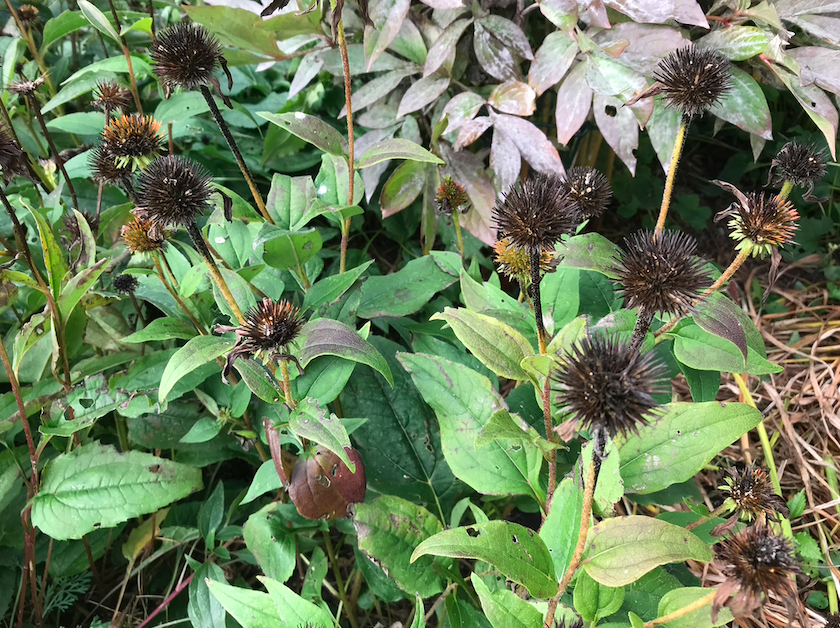
Remember to check out my monthly garden blog I write for Proven Winners called What’s Up North. The September blog features perennial flowers that make great and essential food for the birds. Check out my blog on Perennials for Seed Eating Birds and learn about the best flowers to grow to feed out song birds and when to cut them back.
Until next time I’ll be seeing you, in the garden.
Charlie
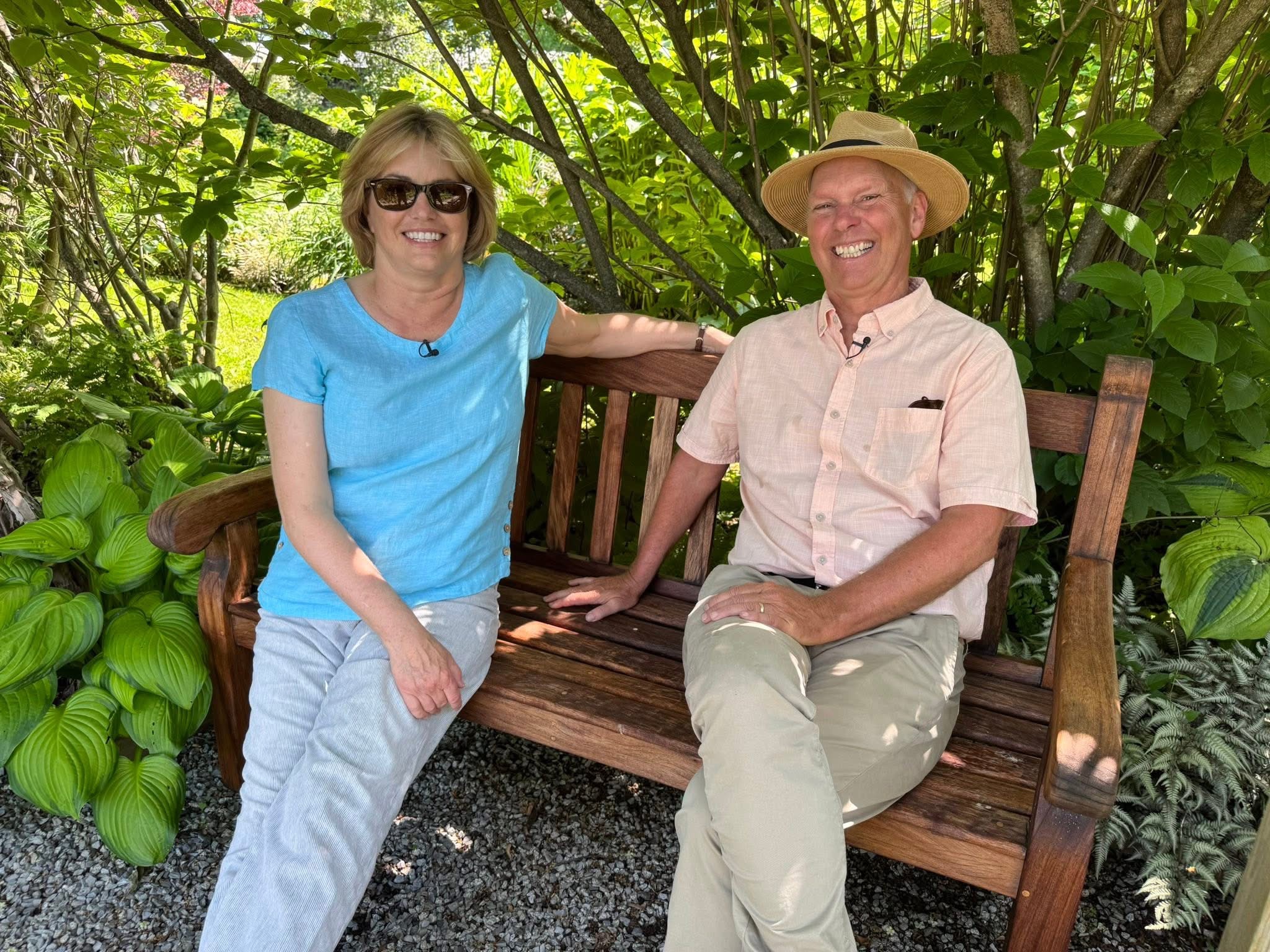
Where to Find Charlie: (podcasts, TV and in-person)
- In the Garden (WCAX-TV CBS) – This week: Hardy Hibiscus Flowers
- All Things Gardening on Vt Public Radio– This week: Self Sowing Annual Veggies
- WJOY In The Garden Podcast– This week: Black leaves on lilacs, when to bring in houseplants, sowing fall veggies, self-sowing sunflowers, and hardy hibiscus and more
- Where’s Charlie Speaking? 9/9 to 9/17- Castles and Gardens of Scotland Tour
Berries for the Birds
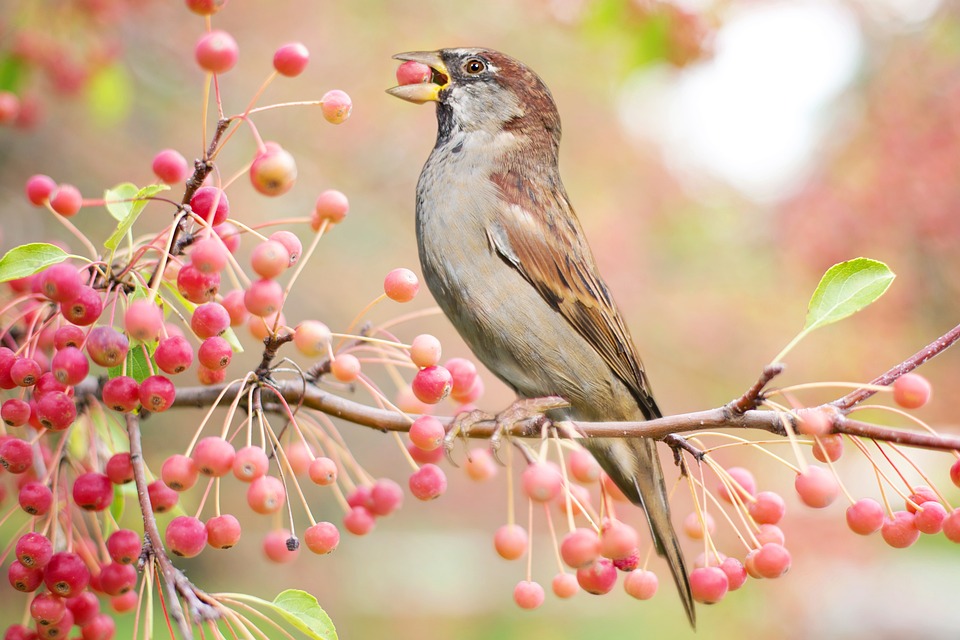
Early fall is a critical time for many of our birds. They are done raising their young and are getting ready to either migrate South for winter or spend the winter in the North. So, they need to bulk up while there are still many good things to eat in the landscape. Two of the main sources of food for the birds are seeds and berries.
We love growing a variety of seed producing flowers in our garden. Echinaceas, rudbeckia, salvia, sunflowers, coreopsis, zinnias and coreopsis are just some of the perennial and annual flowers that birds love. Of course, we grow open pollinated versions of these plants that have viable pollen and produce viable seed. We love watching the gold finches come into our echinacea patch and feast on the seeds this time of year. This seed eating continues into late fall. So, not only do we grow these types of flowers, we leave the seed heads on the plant until spring so the birds can keep eating them.
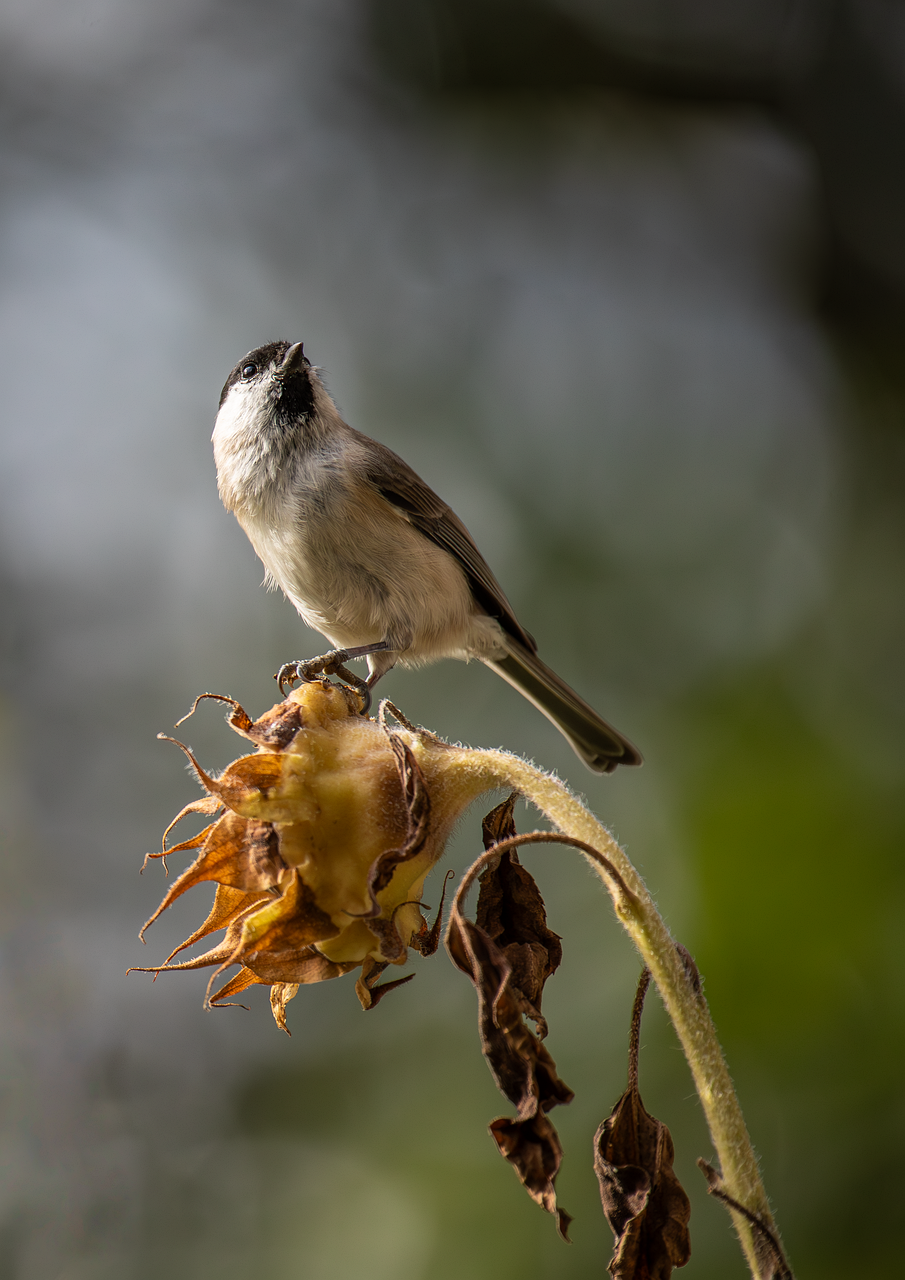
Another food source is berries on shrubs. There are many shrubs in the hedgerows and woods around our house that birds feed on this time of year. Shrubs are either native or exotic/invasives, depending on the type. The exotic/invasive shrubs include Japanese barberry, Japanese honeysuckle and buckthorn. They produce an abundance of berries for birds. Native shrubs that grow wild, or we grow intentionally, include grey dogwood, American cranberry viburnum, nannyberry viburnum, aronia and elderberry. The difference between the exotic and native shrubs is in the berries’ nutritional content. Studies in Maine and New York have shown the calorie content of the berries on these two types of shrubs is about the same, but the fat content is not. Exotic shrubs have a fat content around 2%, while native shrub’s berries can have a fat content as high as 48%. If you’re a bird trying to make it through a cold winter or migrating, you want as much fat as you can get.

So, it’s important to not only remove invasive shrubs from your landscape (this is a good time of year to do that), but also replace them with native shrubs.
Read or listen to more about Gardening of the Birds here
Learn more about my Gardening of the Birds Webinar here
How to Grow: Russian Sage

Early fall can be ablaze with color in our garden, with a little planning. Goldenrod, sedum, hibiscus and tall phlox are still putting on a show. But another fall bloomer, than doesn’t get as much attention, is also doing well. Russian sage or Perovskia atriplicifolia is a large, airy, perennial that features silver-green foliage and blue flower stalks. Being in the salvia and sage family, it loves hot, dry, well-drained conditions and flourishes this time of year.
Russian sage can be a wild-looking, 4+ feet tall and wide, floppy plant, but there has been some breeding done to create varieties that are more adapted to a perennial flower garden. ‘Blue Jean Baby’ is more compact, only growing 2- to 3-feet tall and wide and not as rangy as the species type. ‘Little Spire’ is even more compact, growing only 2 feet tall with grey-green stems that don’t flop over easily. ‘Lacey Blue’ Russian sage is the smallest at 18 inches tall and is perfect in the front of the flower border or in a container.
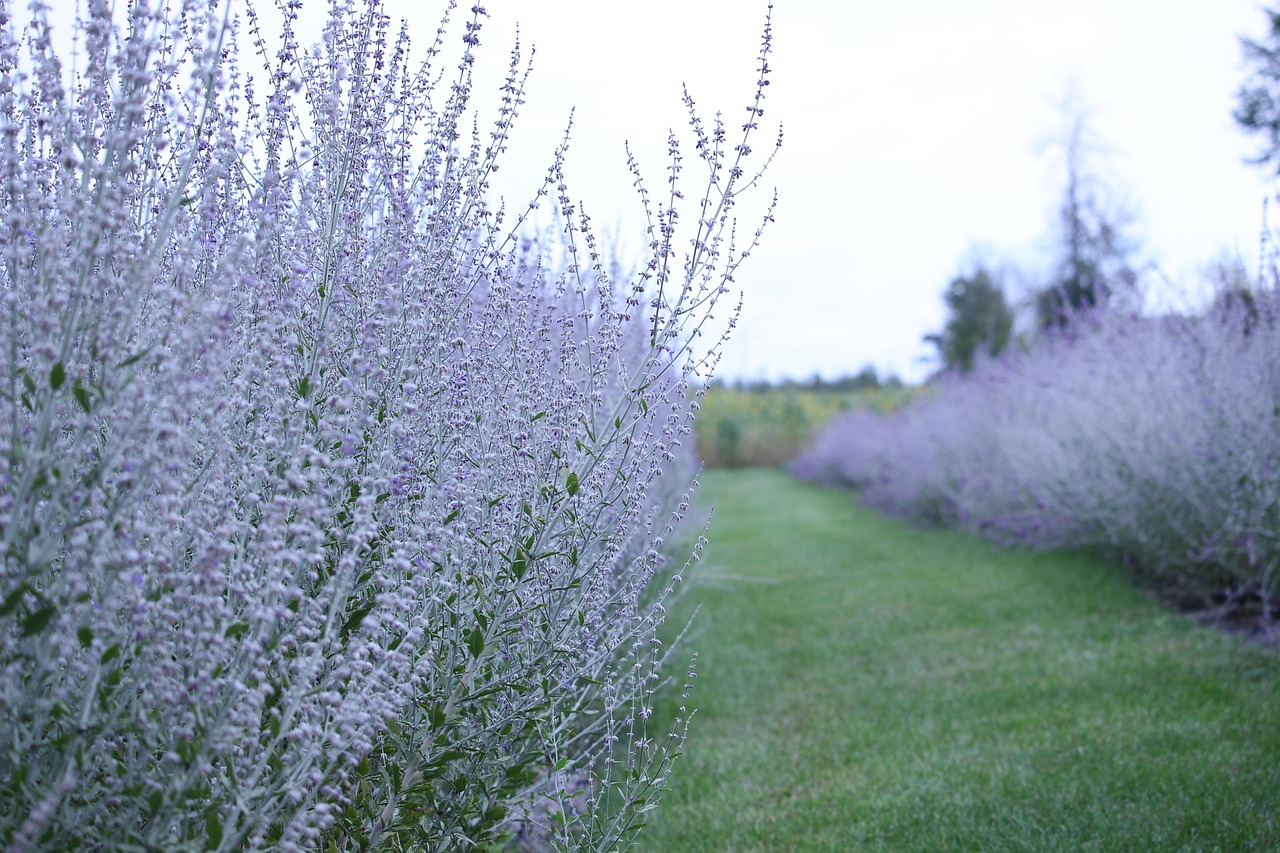
Russian sage grows best in full sun on well-drained soil. It’s a trouble-free perennial. The foliage is scented and butterflies and pollinators love the lavender-blue flowers. The flowers can also be cut and used in bouquets. The plant is drought and humidity tolerant, comes back reliably every year and can be divided in spring, once it has grown large, into more plants for your landscape.
Russian sage is best planted as a complimentary plant in the garden next to bolder colored perennials such as goldenrod and rudbeckia. It also looks great paired with ornamental grasses. I’ve seen beautiful landscapes where Russian sage and ‘Robert Forrester’ feathered reed grass alternate down a row in front of a wall and look stunning.
Learn more about Russian Sage here
Sunflower Fun
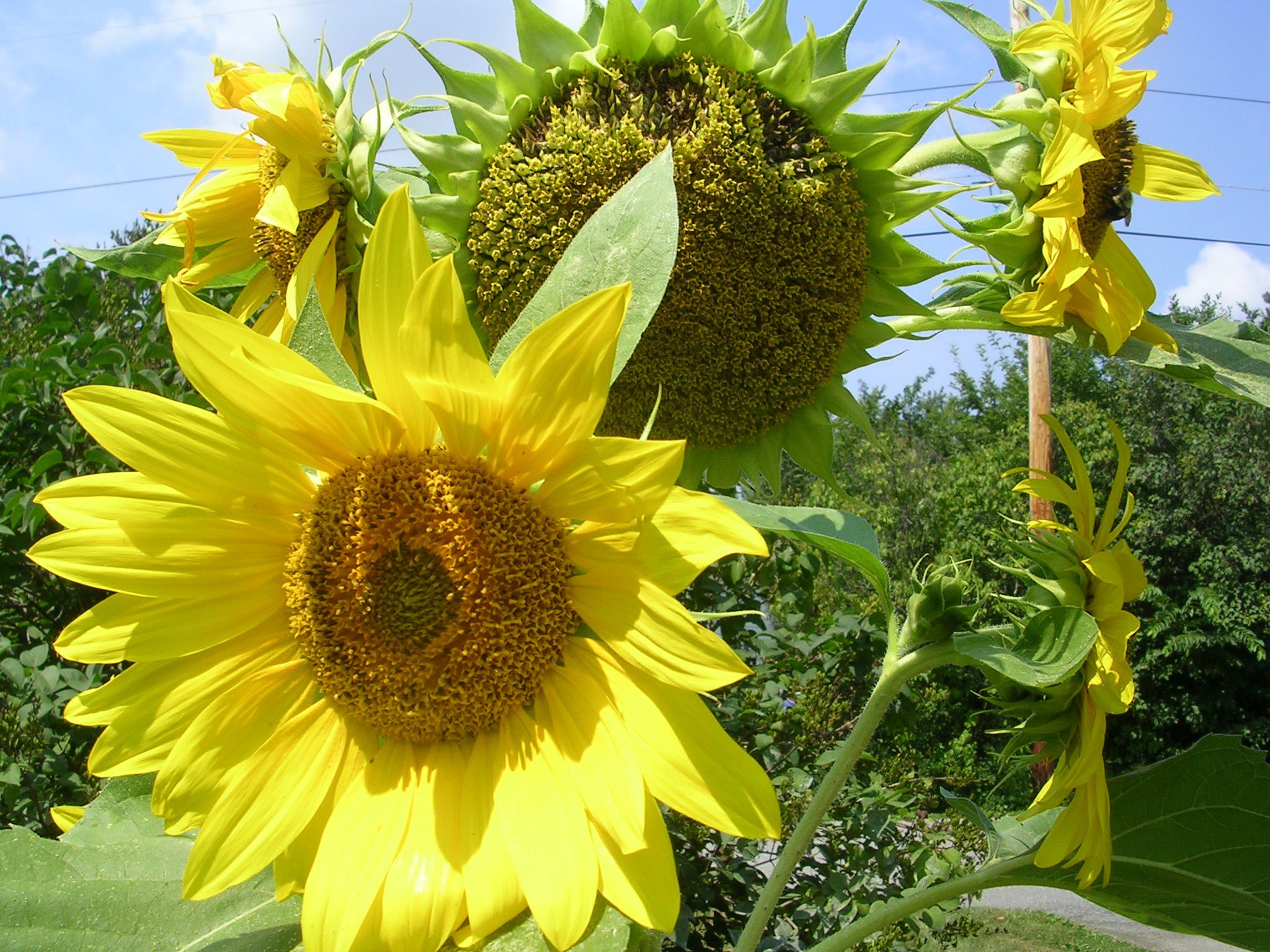
There is no cheerier flower in our yard in late summer than the sunflower. Those bright yellow flowers brighten up even a rainy day. There are many types of sunflowers to grow in the landscape. The tall, single flower headed ‘Russian Mammoth’ sunflowers are great for seed production and to impress the neighbors! The multi-stemmed, modern hybrids, such as ‘Autumn Beauty’, can produce multiple stems with many flower heads that keep blooming for weeks. There are even dwarf varieties, such as ‘Teddy Bear’, that look like fuzzy chrysanthemums on a stick and only grow a few feet tall.
We like to let our sunflowers grow wild. Actually, we haven’t planted sunflower seeds for years. Each year we let the flower heads go to seed. Certainly the birds go crazy for the seeds and feast on them for weeks. But invariably, they don’t get all the seeds and some drop to the ground. We purposely don’t clean up the sunflower plants in fall for this reason. The seeds lay dormant until spring and start growing when the weather is right. Of course, the birds and mice have moved them around the garden so we never know where they might pop up.
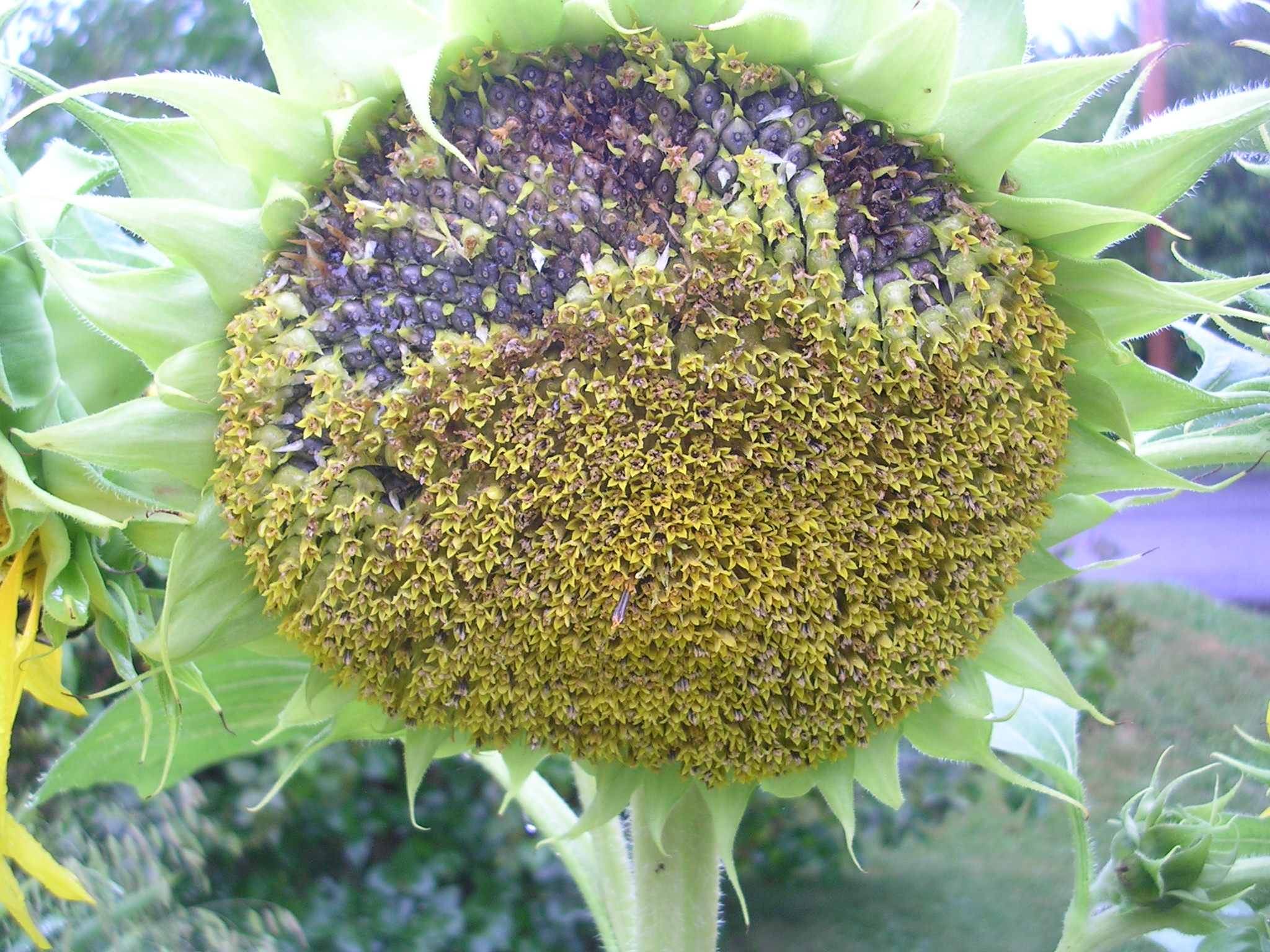
In spring, we let them germinate when the conditions are perfect for them and once they have 4 leaves. We dig up stray seedlings and move them to other places in the garden. This garden editing is fun and an easy way to have sunflowers without having to plant new seed each year. Plus, the sunflower plants cross with each other thanks to the pollinating bees. So, we get variations of colors, such as white, yellow, burgundy and bi-color flowers, depending on the crosses.
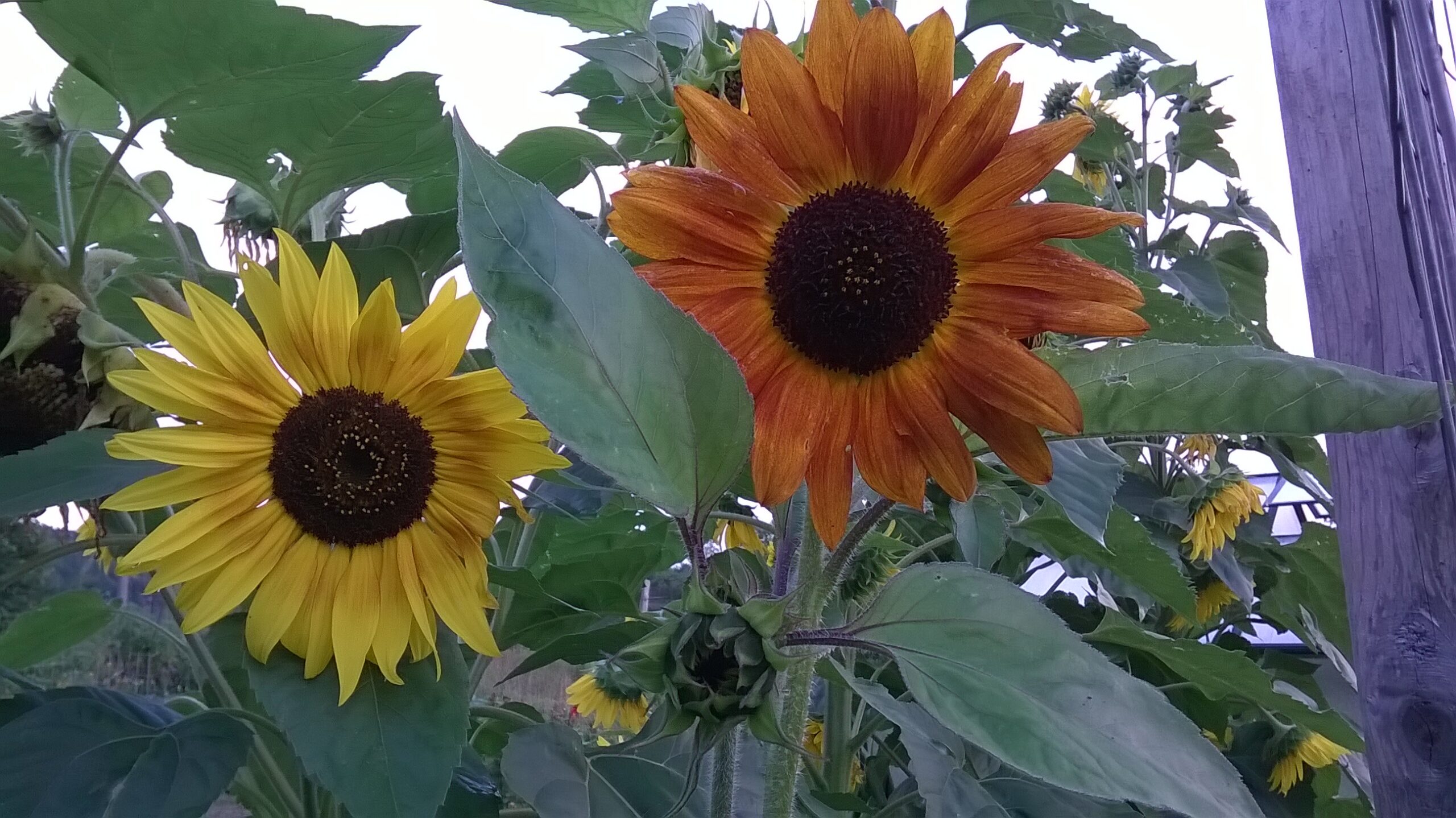
If you want some seeds for yourself, that’s easy. Once the sunflower petals have dropped and you can rub your hand on the sunflower face and the old flowers fall off, cover the head with a mesh onion bag or brown paper bag. This will keep the birds away. When the back of the sunflower head starts turning brown, remove the bag and rub the face again. If the seeds start to come off, cut the head and dry it indoors in a protected spot. Harvest and dry the sunflowers there as well.
For an extra treat, you can eat the unopened sunflower buds. They taste kind of like globe artichokes. Select small buds from multi-headed sunflowers. Just before the yellow starts to show in the bud, cut them and remove some of the outer leaves. Steam the buds and serve them with melted butter or mayonnaise. They may have a slightly bitter flavor, but they are tasty as a snack.
Read and Listen for more about Sunflower Growing here
In Our Garden: Harvesting Winter Squash
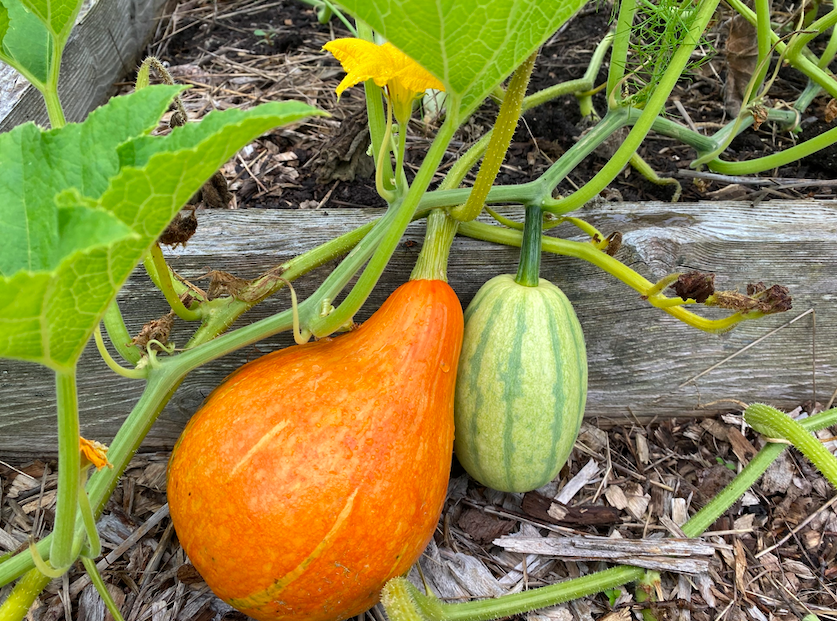
Our winter squash crop is something that gets little attention during the growing season. As long as it grows, flowers and sets fruit, I’m not too concerned about it. I purposely plant butternut squash because the squash vine borers don’t seem interested in it. I also diligently squish squash bugs eggs and adults in early to mid summer to reduce their impact on the crop.

But now that it’s September, it’s time to assess where we stand. There are a number of winter squashes that are ready for harvest and still some coming along. The first step is to pinch the growth points of the vining squashes and pumpkins. I snip off the end of each vine so the plant spends more time maturing, set fruit and less time growing new flowers. In our climate, there’s not enough time for newly set fruit to mature before frost.
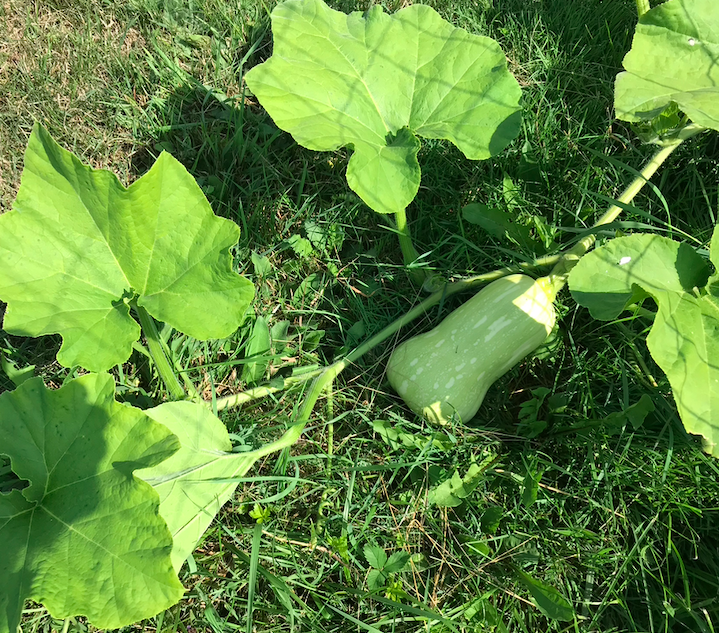
Then I start harvesting. I harvest butternuts, delicatas and other winter squash when I can press my thumbnail into the skin and it doesn’t easily break. I also look for the mature color of that squash variety as an indication it’s ready to harvest. The other immature squashes are left to ripen later this fall, but before a frost.
When harvesting, cut the squash from the main stem leaving 2- to 3-inches of the stem attached to the fruit. Move the ripe fruits into a warm, well ventilated garage, barn, shed or room to cure for 10 days. Then they can be stored in a cool, dark room or basement with temperatures in the 50Fs. The squash will last 3 to 6 months depending on the variety and the storage.
Go here for more on Harvesting Winter Squash

